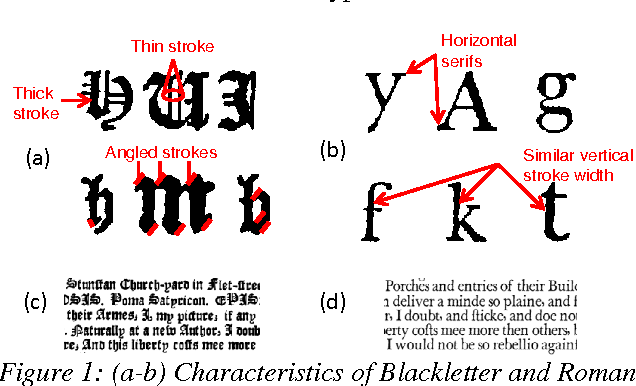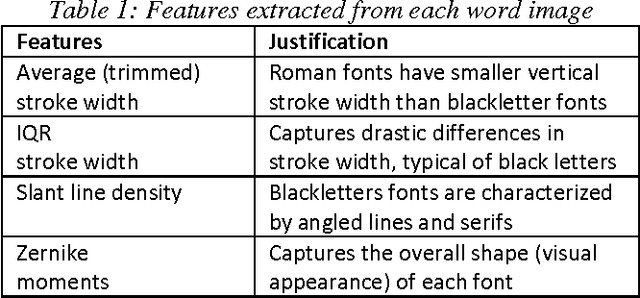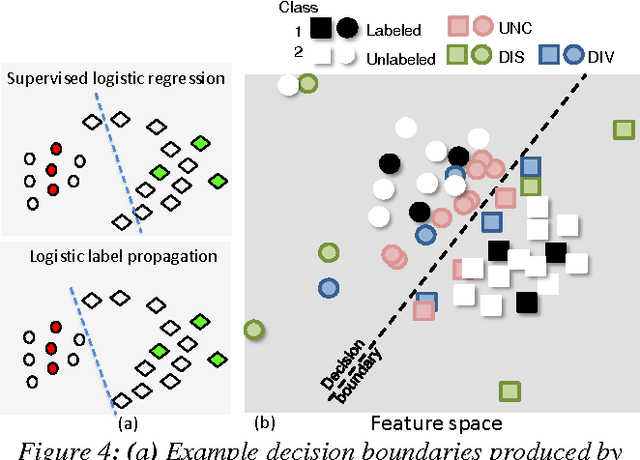Ricardo Gutierrez-Osuna
Disentangling segmental and prosodic factors to non-native speech comprehensibility
Aug 20, 2024Abstract:Current accent conversion (AC) systems do not disentangle the two main sources of non-native accent: segmental and prosodic characteristics. Being able to manipulate a non-native speaker's segmental and/or prosodic channels independently is critical to quantify how these two channels contribute to speech comprehensibility and social attitudes. We present an AC system that not only decouples voice quality from accent, but also disentangles the latter into its segmental and prosodic characteristics. The system is able to generate accent conversions that combine (1) the segmental characteristics from a source utterance, (2) the voice characteristics from a target utterance, and (3) the prosody of a reference utterance. We show that vector quantization of acoustic embeddings and removal of consecutive duplicated codewords allows the system to transfer prosody and improve voice similarity. We conduct perceptual listening tests to quantify the individual contributions of segmental features and prosody on the perceived comprehensibility of non-native speech. Our results indicate that, contrary to prior research in non-native speech, segmental features have a larger impact on comprehensibility than prosody. The proposed AC system may also be used to study how segmental and prosody cues affect social attitudes towards non-native speech.
End-to-end Streaming model for Low-Latency Speech Anonymization
Jun 13, 2024Abstract:Speaker anonymization aims to conceal cues to speaker identity while preserving linguistic content. Current machine learning based approaches require substantial computational resources, hindering real-time streaming applications. To address these concerns, we propose a streaming model that achieves speaker anonymization with low latency. The system is trained in an end-to-end autoencoder fashion using a lightweight content encoder that extracts HuBERT-like information, a pretrained speaker encoder that extract speaker identity, and a variance encoder that injects pitch and energy information. These three disentangled representations are fed to a decoder that resynthesizes the speech signal. We present evaluation results from two implementations of our system, a full model that achieves a latency of 230ms, and a lite version (0.1x in size) that further reduces latency to 66ms while maintaining state-of-the-art performance in naturalness, intelligibility, and privacy preservation.
Predicting the meal macronutrient composition from continuous glucose monitors
Jun 23, 2022



Abstract:Sustained high levels of blood glucose in type 2 diabetes (T2DM) can have disastrous long-term health consequences. An essential component of clinical interventions for T2DM is monitoring dietary intake to keep plasma glucose levels within an acceptable range. Yet, current techniques to monitor food intake are time intensive and error prone. To address this issue, we are developing techniques to automatically monitor food intake and the composition of those foods using continuous glucose monitors (CGMs). This article presents the results of a clinical study in which participants consumed nine standardized meals with known macronutrients amounts (carbohydrate, protein, and fat) while wearing a CGM. We built a multitask neural network to estimate the macronutrient composition from the CGM signal, and compared it against a baseline linear regression. The best prediction result comes from our proposed neural network, trained with subject-dependent data, as measured by root mean squared relative error and correlation coefficient. These findings suggest that it is possible to estimate macronutrient composition from CGM signals, opening the possibility to develop automatic techniques to track food intake.
Font Identification in Historical Documents Using Active Learning
Jan 27, 2016



Abstract:Identifying the type of font (e.g., Roman, Blackletter) used in historical documents can help optical character recognition (OCR) systems produce more accurate text transcriptions. Towards this end, we present an active-learning strategy that can significantly reduce the number of labeled samples needed to train a font classifier. Our approach extracts image-based features that exploit geometric differences between fonts at the word level, and combines them into a bag-of-word representation for each page in a document. We evaluate six sampling strategies based on uncertainty, dissimilarity and diversity criteria, and test them on a database containing over 3,000 historical documents with Blackletter, Roman and Mixed fonts. Our results show that a combination of uncertainty and diversity achieves the highest predictive accuracy (89% of test cases correctly classified) while requiring only a small fraction of the data (17%) to be labeled. We discuss the implications of this result for mass digitization projects of historical documents.
 Add to Chrome
Add to Chrome Add to Firefox
Add to Firefox Add to Edge
Add to Edge